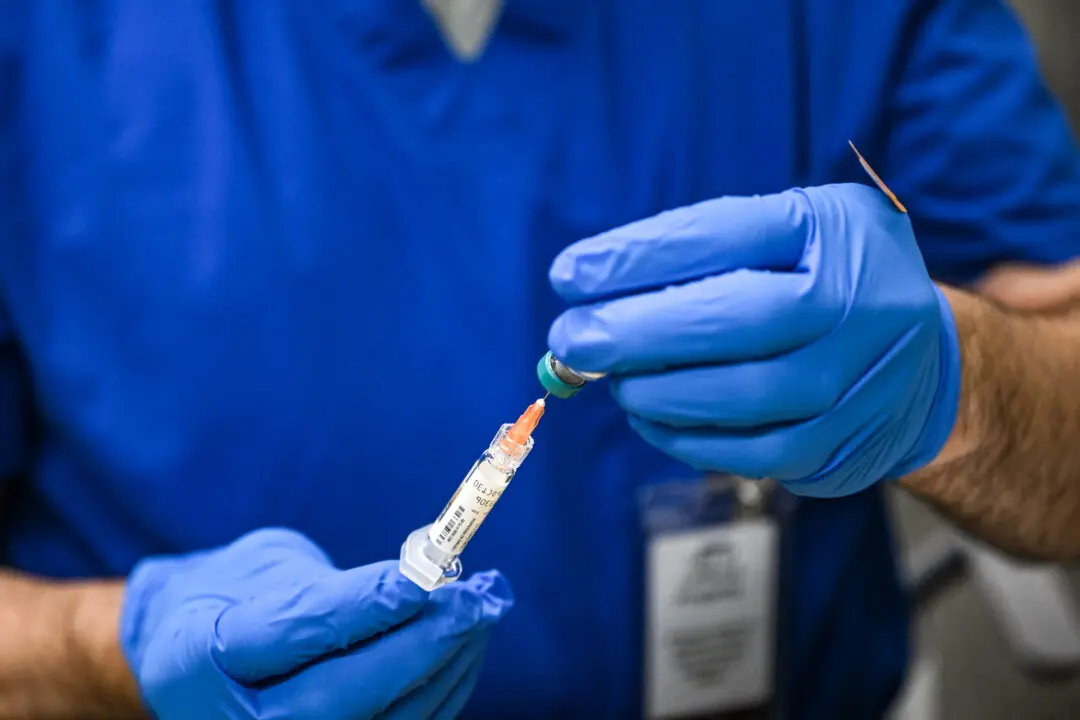A man with a metal detector stumbled upon the remains of an ancient village near Lincolnshire, U.K. recently.
The remains of an Anglo-Saxon island were found by the man in Little Carlton near Louth, with archaeologists following up with more discoveries at the site.
[pullquote author="Dr. Hugh Willmott"]It's one of the most important sites of its kind in that part of the world.[/pullquote]





